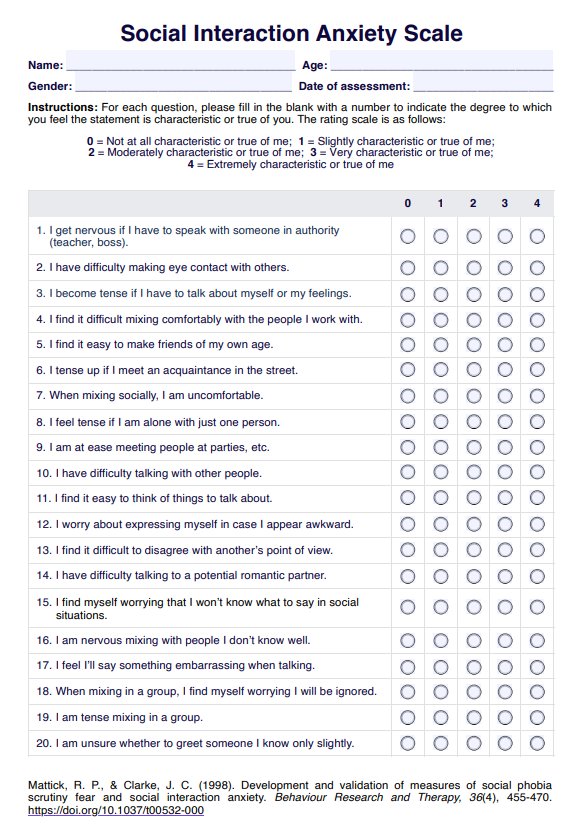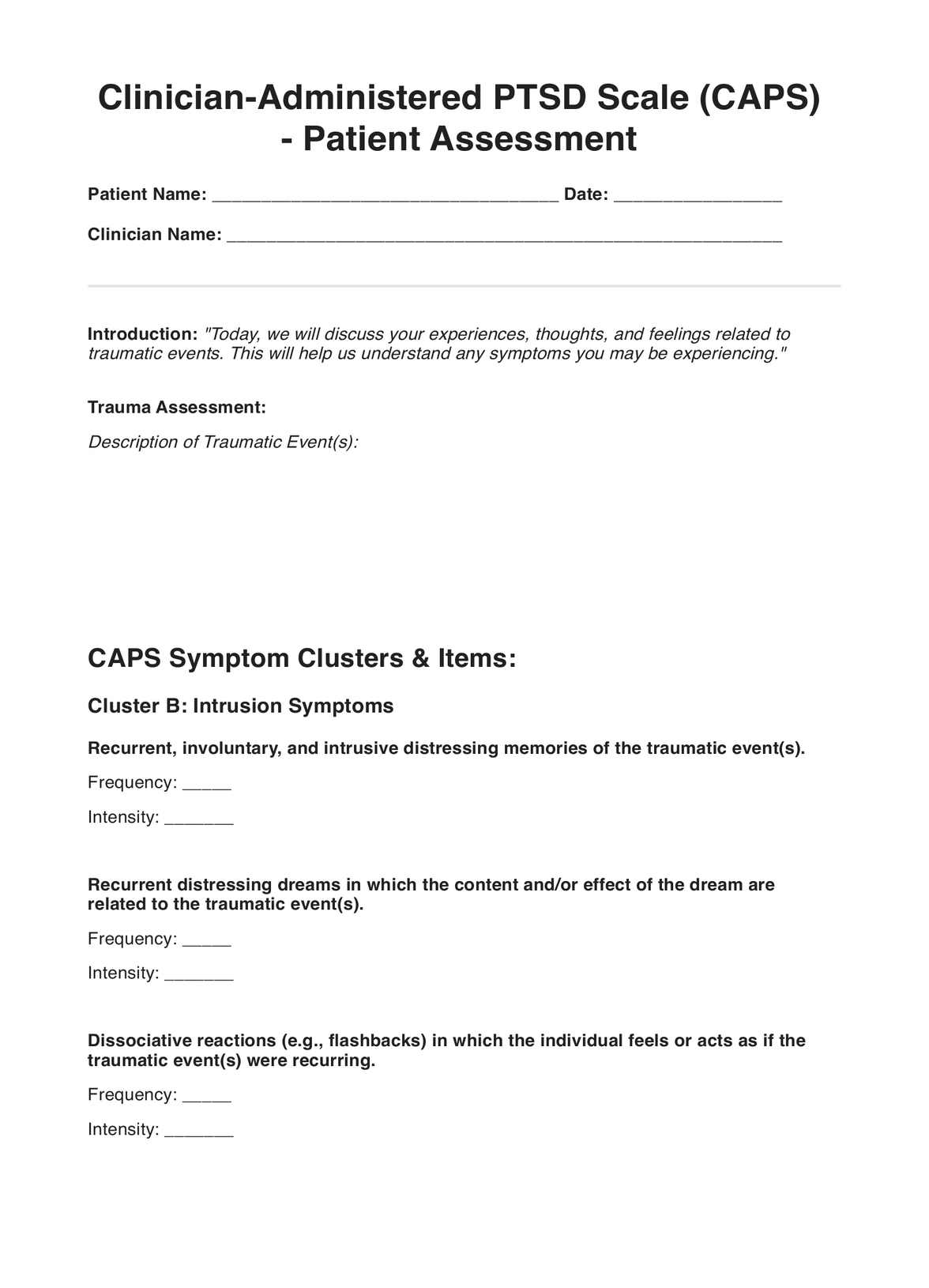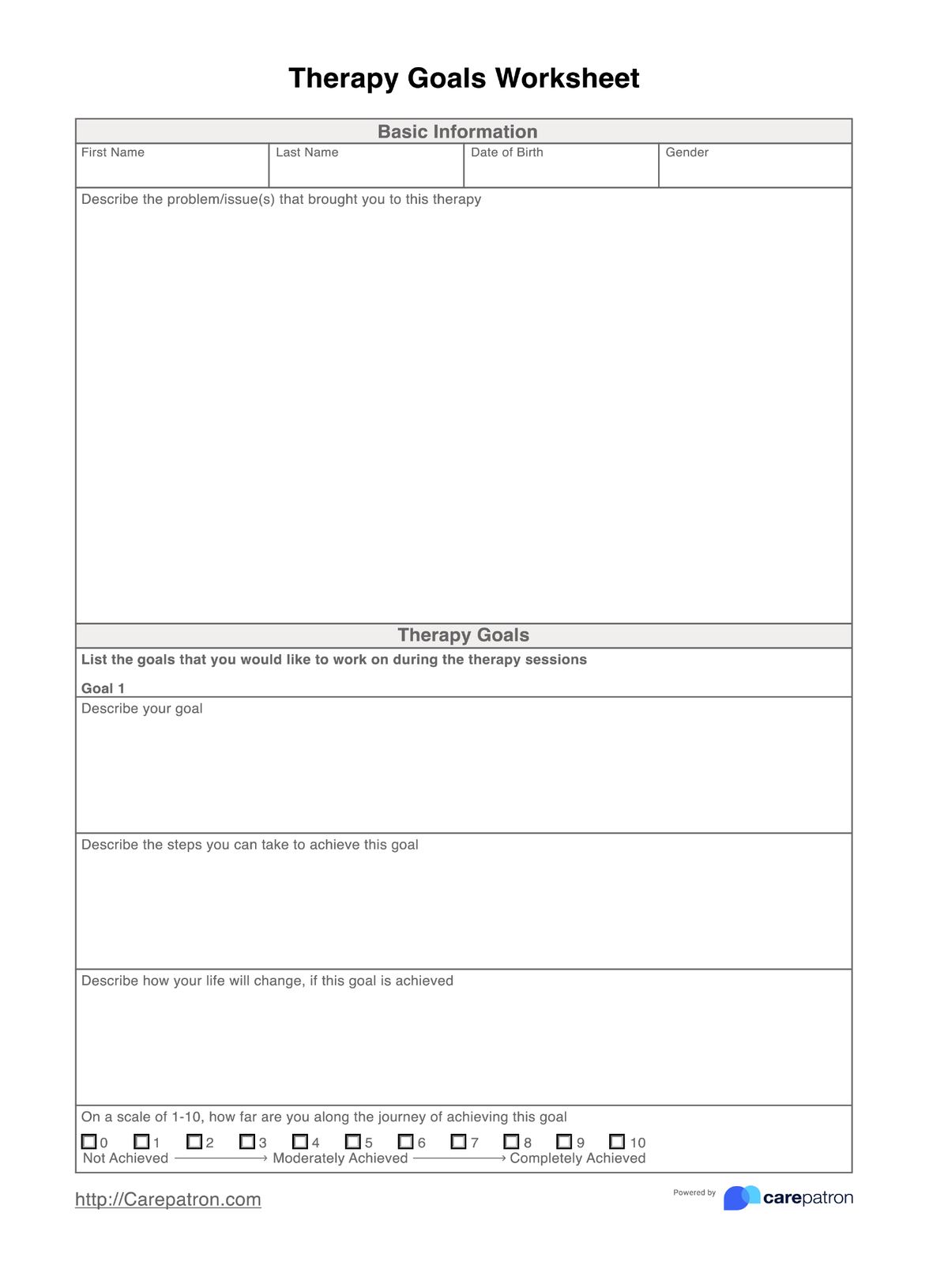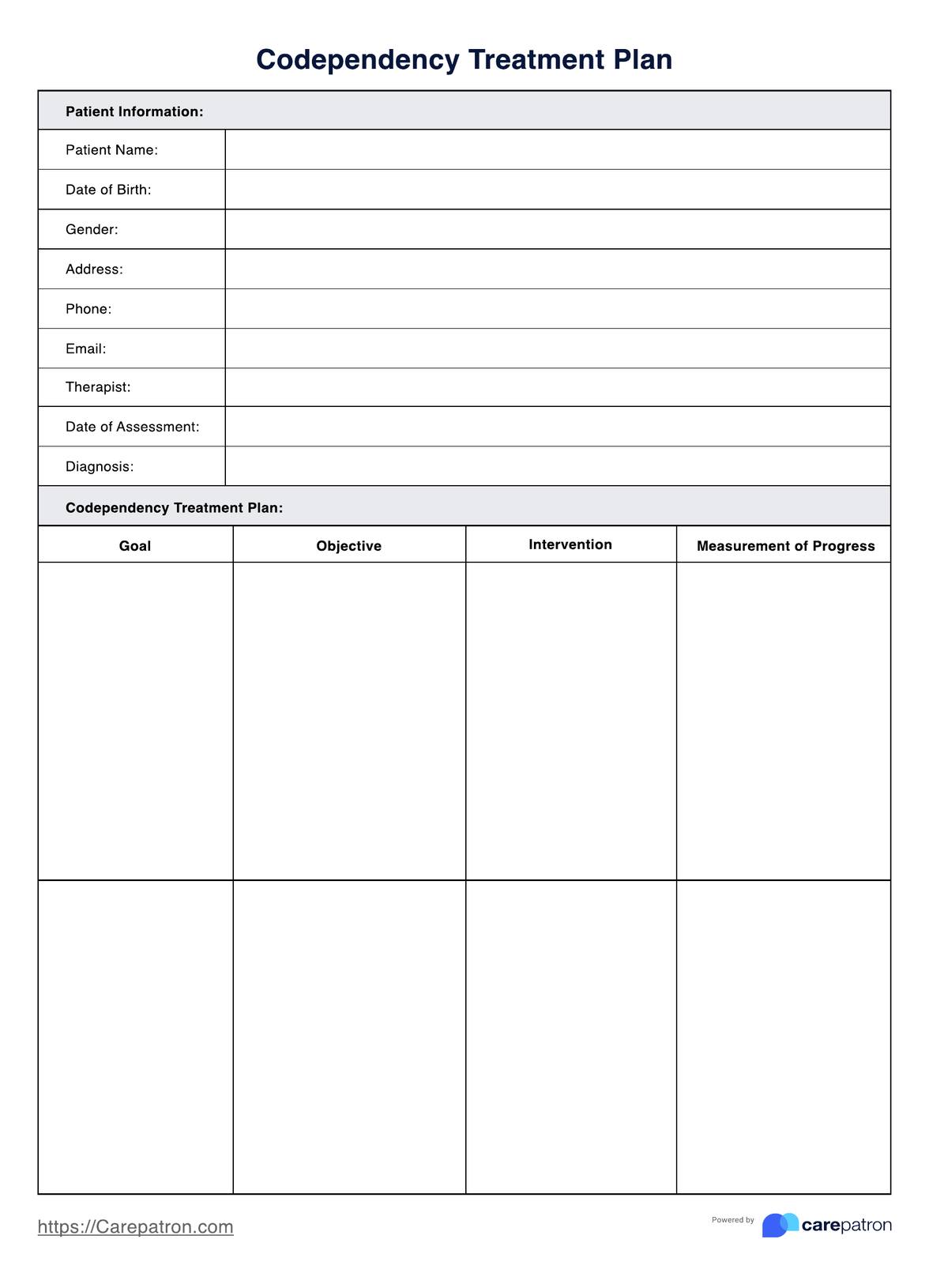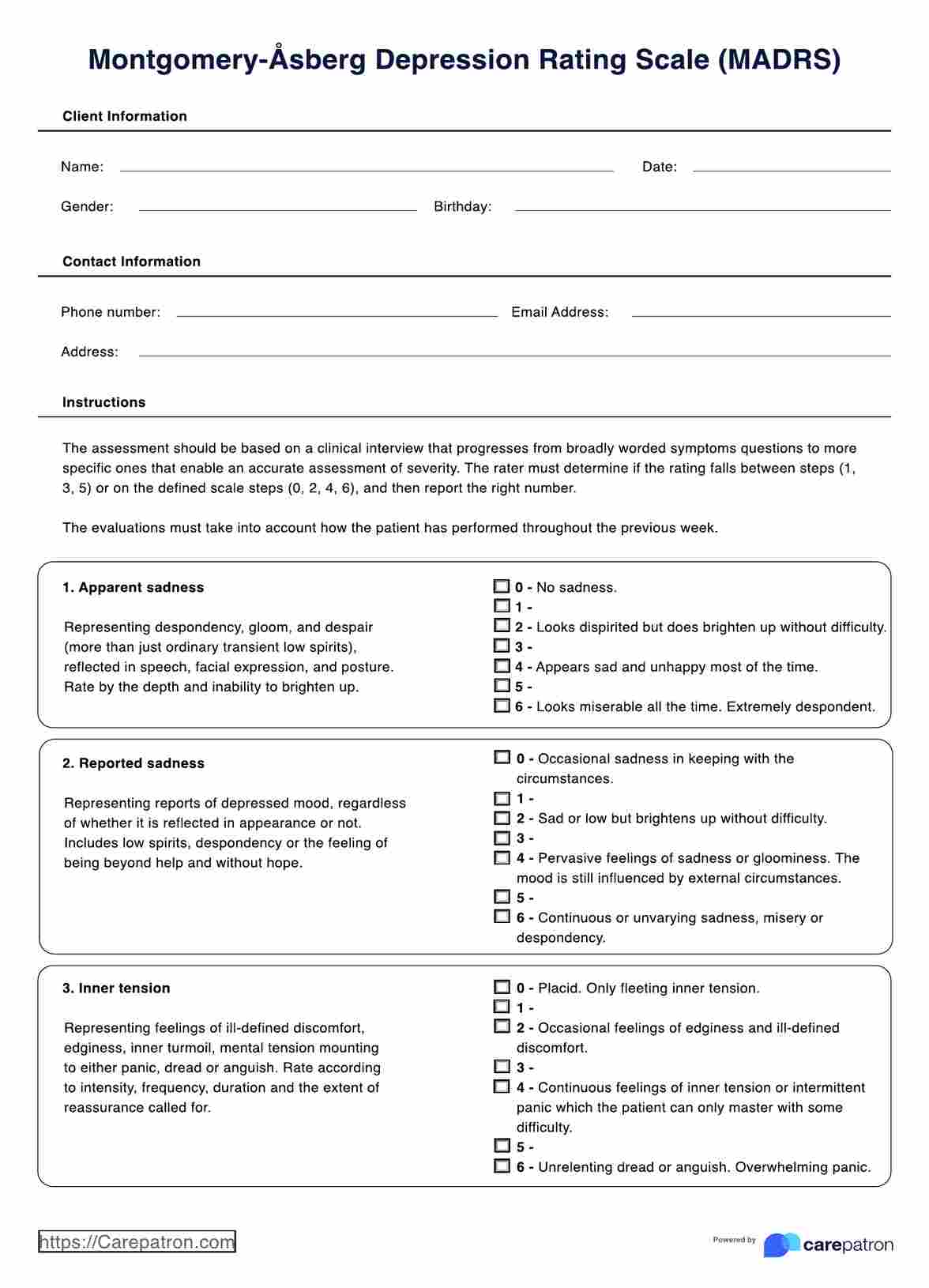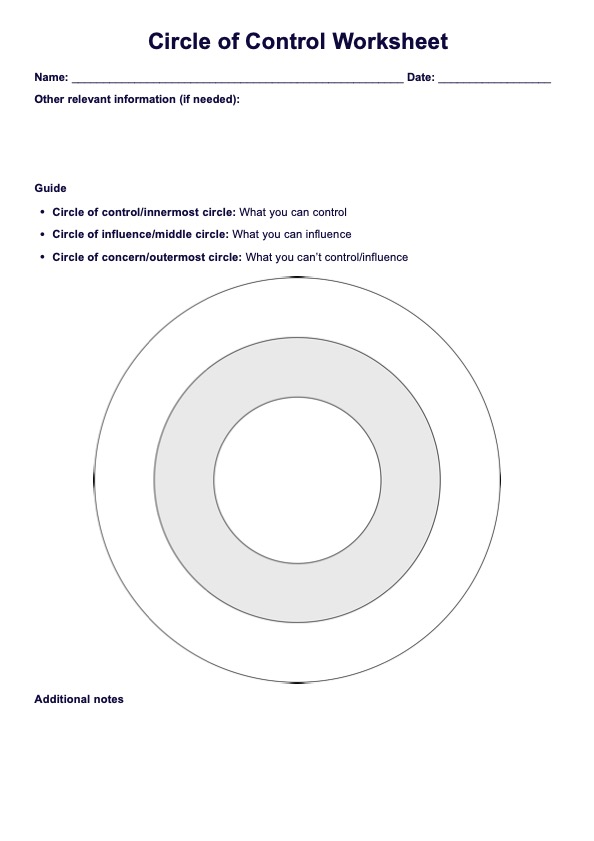Friel Codependency Assessment Inventory
Understand codependency better with our comprehensive Friel Codependency Assessment Inventory. Download our free PDF today for an insightful self-evaluation.


What is a codependency assessment?
Codependency is an emotional and behavioral condition characterized by excessive reliance on others for approval and a sense of identity. It often manifests in dysfunctional relationships where one person prioritizes another's needs over their own, potentially enabling addictive or harmful behaviors.
Codependency frequently intersects with addiction, particularly in dysfunctional families affected by substance abuse. Having codependent relationships may lead to other family members inadvertently enabling a family member's drug addiction or other harmful behaviors by consistently prioritizing the person struggling with addiction's needs over their own needs and their own life, in general.
A codependency assessment is a tool used to evaluate an individual's tendencies toward codependent behavior and relationship patterns. The Friel Codependency Assessment Inventory, developed by John and Linda Friel, is one such tool widely used in clinical settings. It consists of 60 true/false questions that assess various aspects of codependency, including:
- Low self-esteem
- Boundary issues
- Difficulty expressing emotions
- Caretaking behaviors
- Control patterns
A codependency test is a valuable tool for helping practitioners understand and evaluate codependent behaviors, guide treatment, and promote self-awareness. Codependency Checklists, on the other hand, are also helpful resources for helping individuals reflect on their personal tendencies toward codependent behaviors and relationships.
When used appropriately, these tools can contribute significantly to exploring and addressing dynamics in a relationship, addiction tendencies, and underlying issues to overcome codependency.
You can refer to our codependency assessment guide and explainer video for a more comprehensive understanding of the codependency assessment.
Friel Codependency Assessment Inventory Template
Friel Codependency Assessment Inventory Example
How does this codependency assessment work?
The Friel Codependency Assessment Inventory helps identify and understand a possible codependent person or a codependent relationship. This self-reporting questionnaire is user-friendly, easy to comprehend, and has a systematic approach to help users navigate through the process seamlessly. It also provides insights into the emotional well-being of the individual.
Here’s how this codependency test works:
Step 1: Administration
After accessing the Friel codependency assessment, let your client complete the inventory by responding to each statement with either "true" or "false" based on personal experiences and feelings.
Step 2: Scoring
Each "true" response is assigned one point, while "false" responses receive zero points. The total score is calculated by summing up all the points.
Step 3: Interpretation
The final score falls into one of several ranges, each indicating a different level of codependency. While this assessment can provide valuable insights, it should not be used as a standalone diagnostic tool. The concept of codependency is not officially recognized as a mental illness or disorder in the Diagnostic and Statistical Manual of Mental Disorders.
Scoring and interpretation
Scoring and interpreting the Friel Codependency Assessment Inventory is a straightforward process that yields valuable insights into an individual’s codependent tendencies. This codependency quiz consists of 60 true/false statements. Each “true” response is assigned one point, while “false” responses receive zero points. After the client completes the assessment, tally all the “true” responses to obtain the total score.
Understanding the results can also enhance self-awareness, helping individuals recognize their own patterns and behaviors.
The total score falls into one of four ranges, each indicating a different level of codependency:
- 10-20 points (few codependent concerns): This range suggests that the individual likely has healthy relationship patterns and a good sense of self.
- 21-30 points (mild-to-moderate codependency): Scores in this range indicate some codependent tendencies that may benefit from attention and self-reflection.
- 31-45 points (moderate-to-severe codependency): This range suggests significant codependent patterns that may impact multiple areas of the individual’s life.
- 46+ points (severe codependency): Scores in this range indicate pervasive codependent behaviors that substantially affect the individual’s relationships and overall well-being.
It is crucial to approach these results with sensitivity and context. This codependency questionnaire is a screening tool, not a diagnostic instrument. Its primary value lies in identifying potential areas of concern and guiding further exploration and intervention.
Ways to overcome codependency
Overcoming codependency is a journey that involves recognizing unhealthy patterns, developing self-awareness, and improving self-esteem and self-worth. The process of overcoming codependency often involves addressing family dynamics, substance abuse issues, and childhood trauma that may have contributed to the development of codependent behaviors.
Here are some strategies that practitioners can recommend for overcoming codependency:
Recognize codependent behaviors
The first step in overcoming codependency is to identify and acknowledge codependent behaviors. This may involve using tools like the Friel Codependency Assessment Inventory to evaluate codependent tendencies. Recognizing patterns such as feeling excessively responsible for others, neglecting one's own needs, or enabling addictive behaviors in family members is crucial.
Set and maintain healthy boundaries in relationships
Learning to set and maintain healthy boundaries is fundamental to overcoming codependency. This involves clearly defining one's limits, communicating them effectively, and respecting the boundaries of others. Boundaries help codependent individuals separate their own needs and desires from those of others, particularly with family and chemical dependency.
Practice self-care
Prioritizing self-care is essential for codependent individuals who often neglect their own well-being. This includes attending to physical health, emotional needs, and personal interests. Engaging in activities that bring joy and fulfillment, spending time on hobbies, and nurturing one's own growth can help build self-esteem and reduce codependent tendencies.
Develop self-awareness
Increasing self-awareness is crucial in overcoming codependency. This involves exploring one's own thoughts, feelings, and behaviors, often with the help of a mental health professional. Understanding the roots of codependent patterns, including family history and childhood experiences, can provide valuable insights for change and building a mutually satisfying relationship.
Commonly asked questions
The relationship codependency scale is a tool used to assess the level of codependency in a relationship. It measures factors such as emotional and behavioral patterns, boundaries, communication styles, and the ability to function independently. Higher scores on the scale indicate a greater degree of codependency, which can negatively impact the health and dynamics of the relationship.
Codependency involves an unhealthy reliance on another person for emotional well-being and self-worth. When two codependent individuals are together, they may reinforce each other’s codependent behaviors, making it difficult to establish healthy boundaries and independence. Counseling or therapy is often necessary to address codependency and develop more balanced and fulfilling relationships.
Codependency in friendships can manifest in various ways, such as excessive emotional reliance, difficulty making decisions without the friend’s input, and neglecting other relationships or personal interests. Codependent friends may have difficulty setting boundaries, leading to resentment or burnout. They may also struggle with expressing their own needs and feelings, instead focusing on the other person's needs.

.jpg)
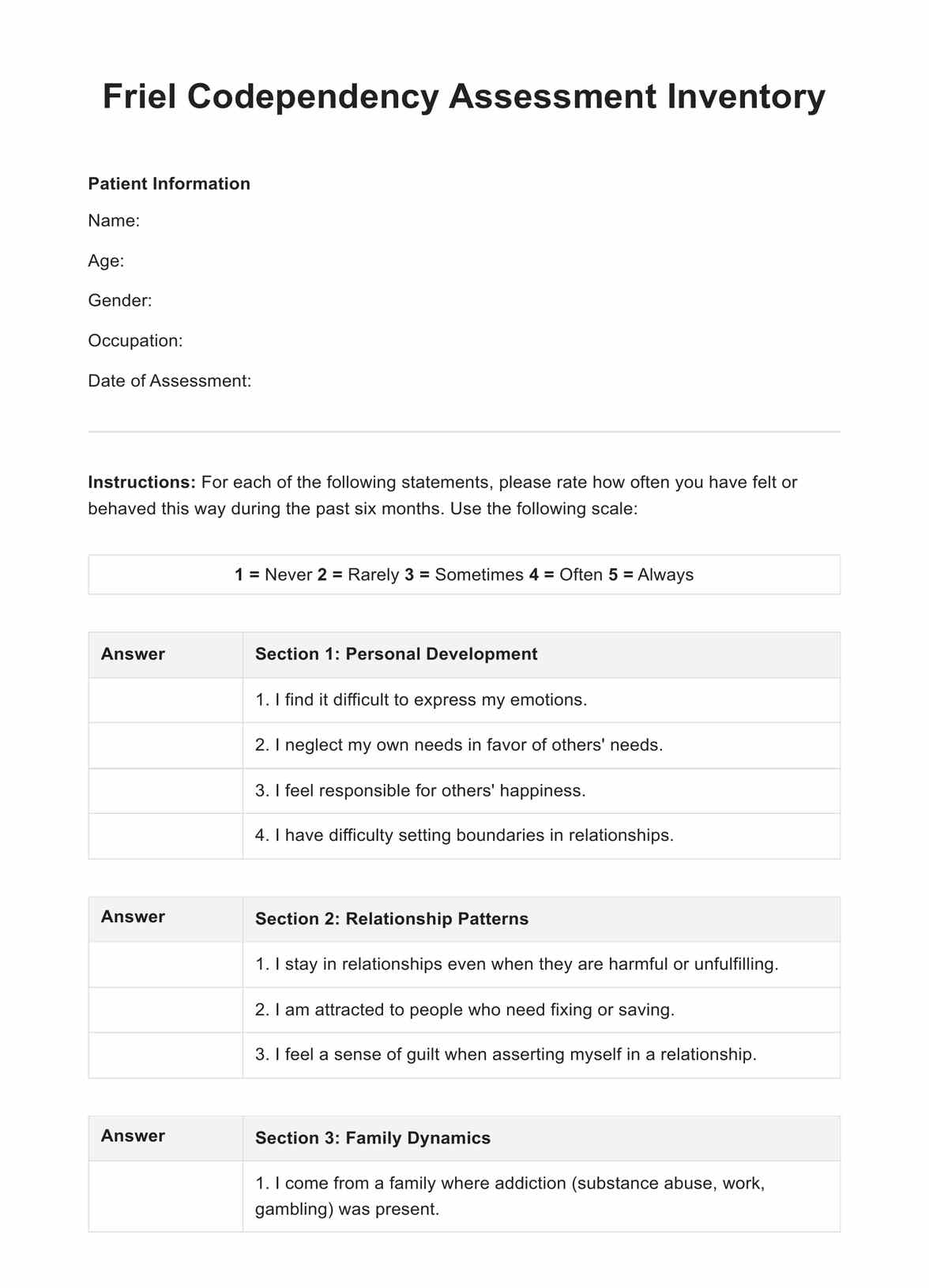
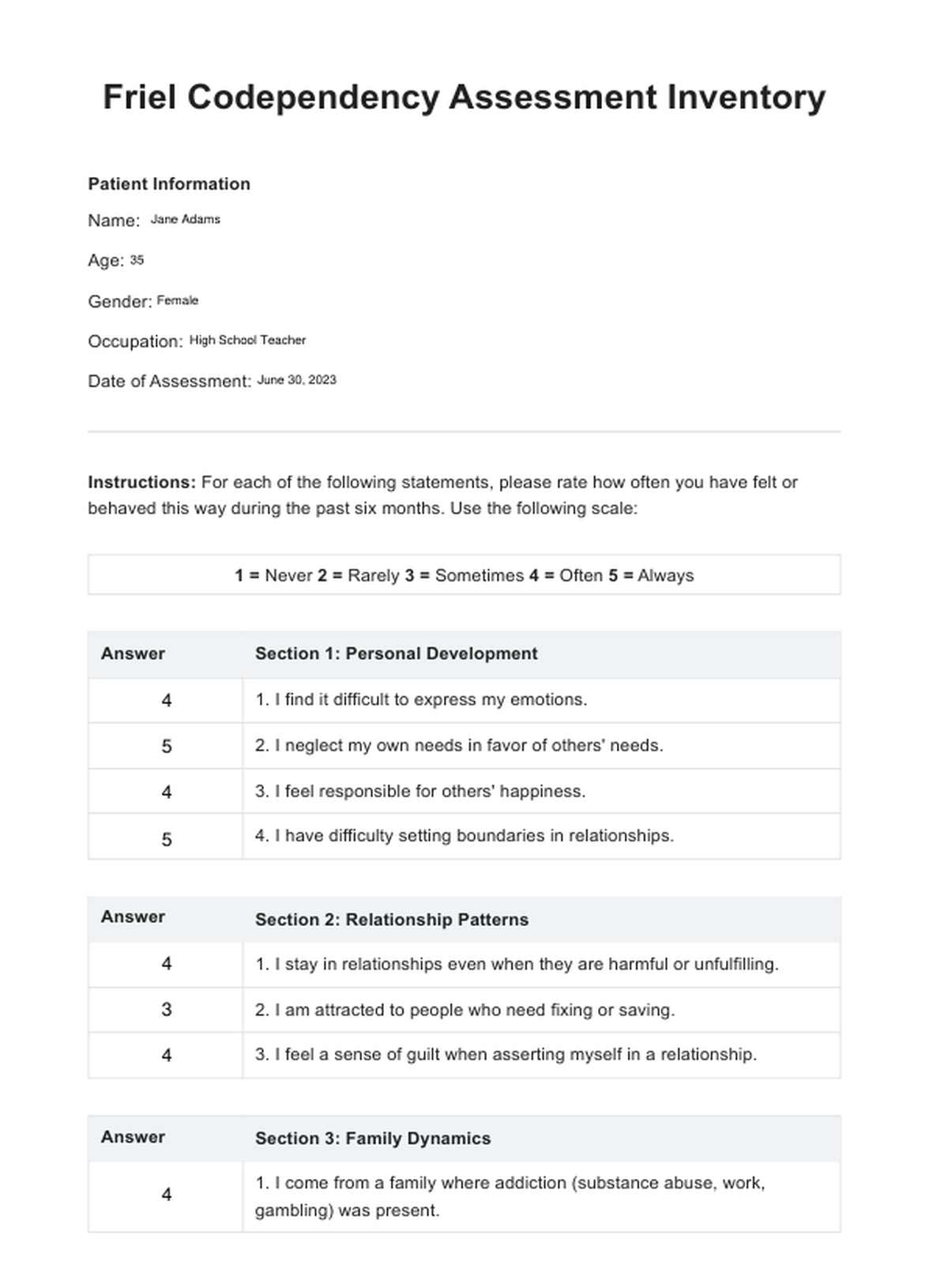







-template.jpg)

































































































